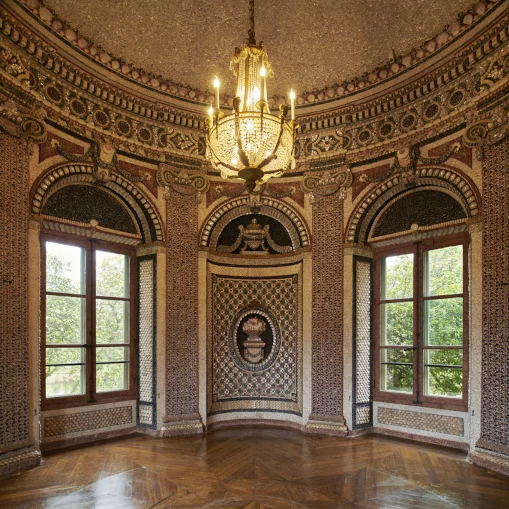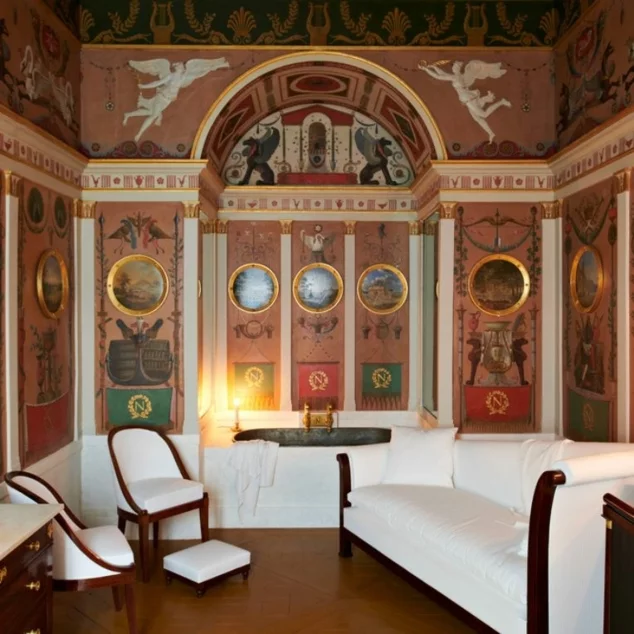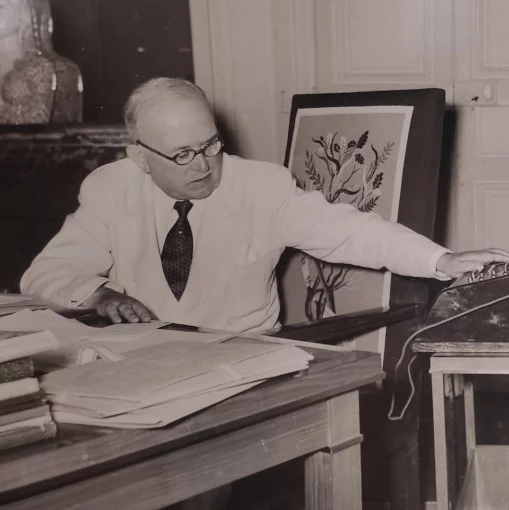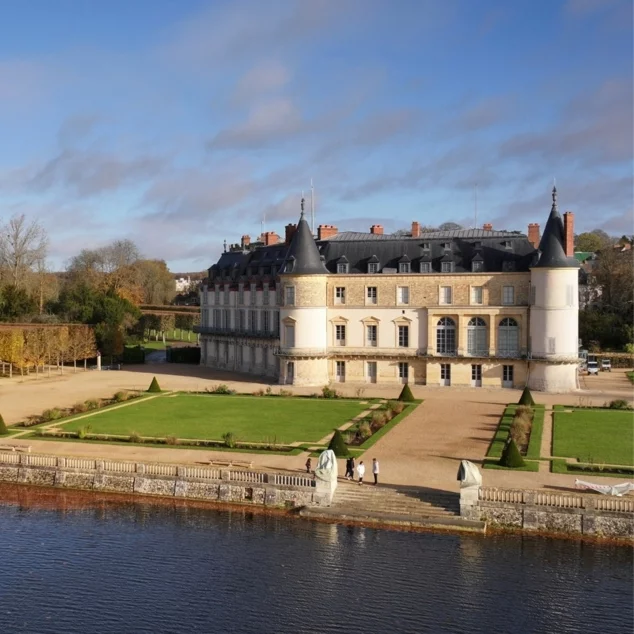Discover
10 Results
-
-
-
-
-
-
-
-
-
Rambouillet dans les années 1950 : un château présidentiel remis au goût du jour
Art & Architecture
article | 3 min
-








